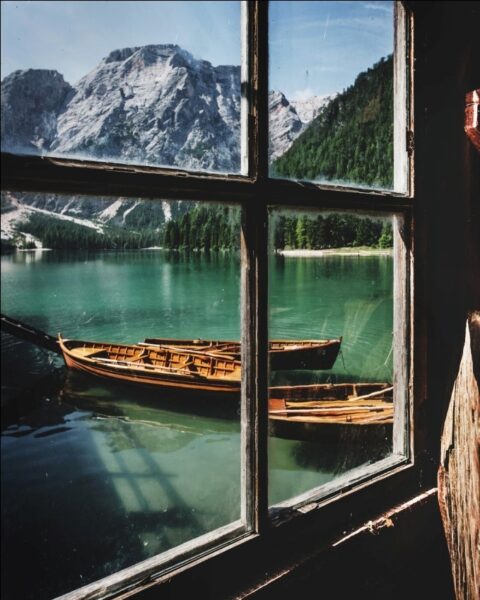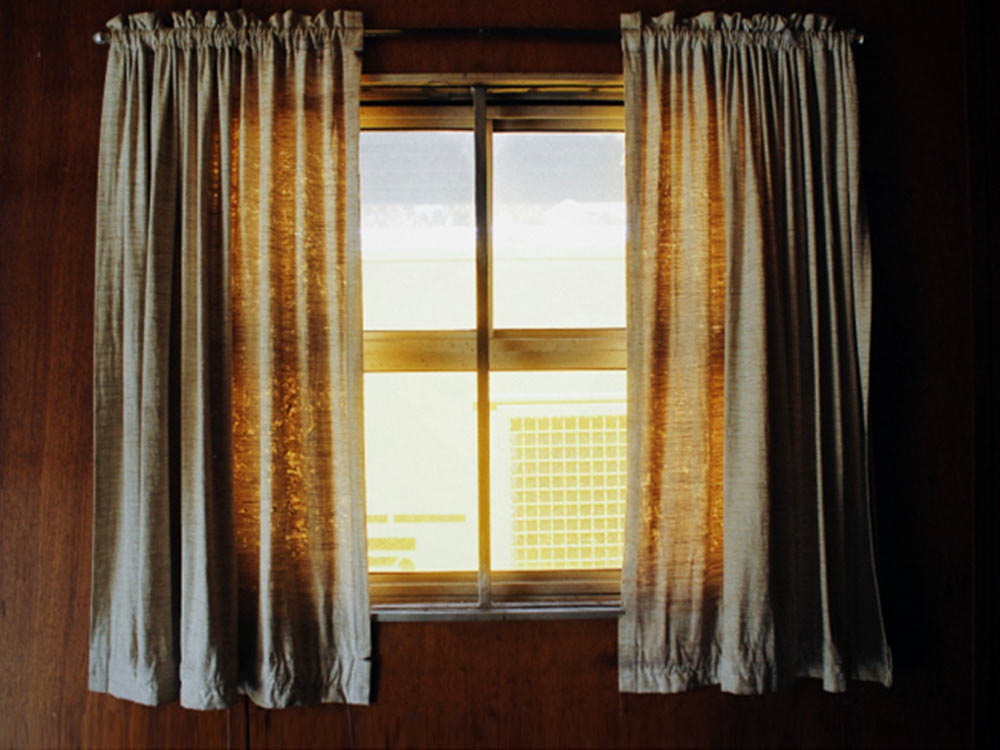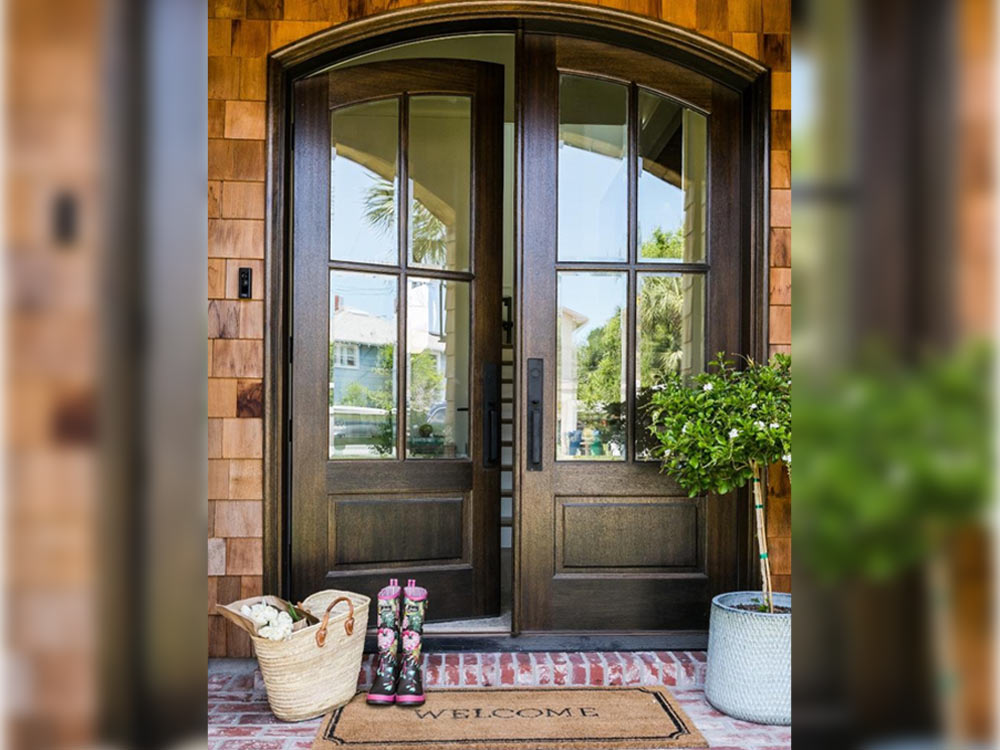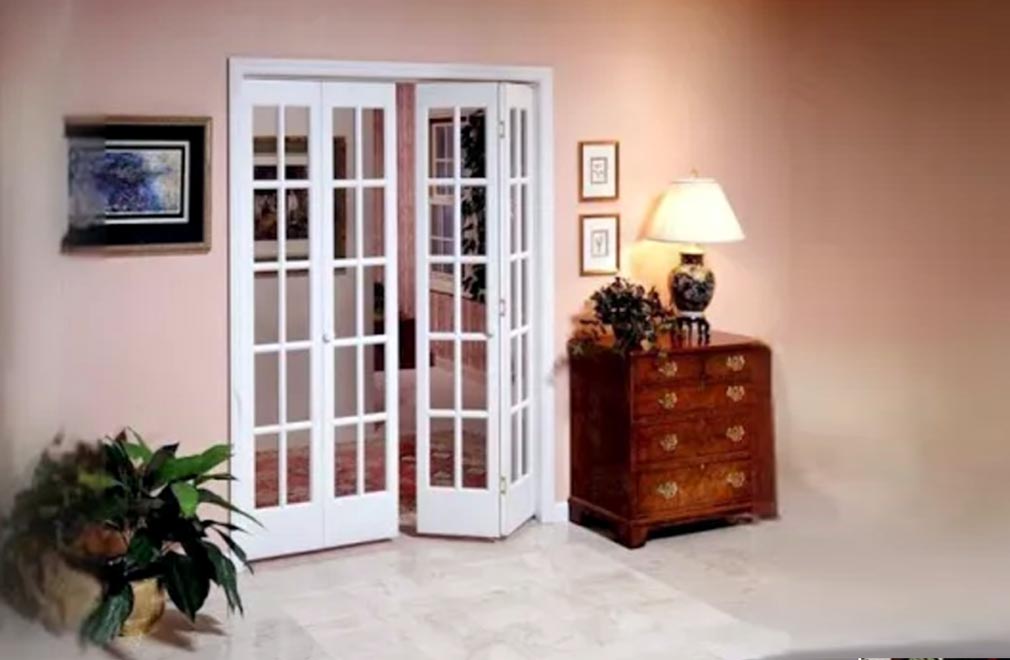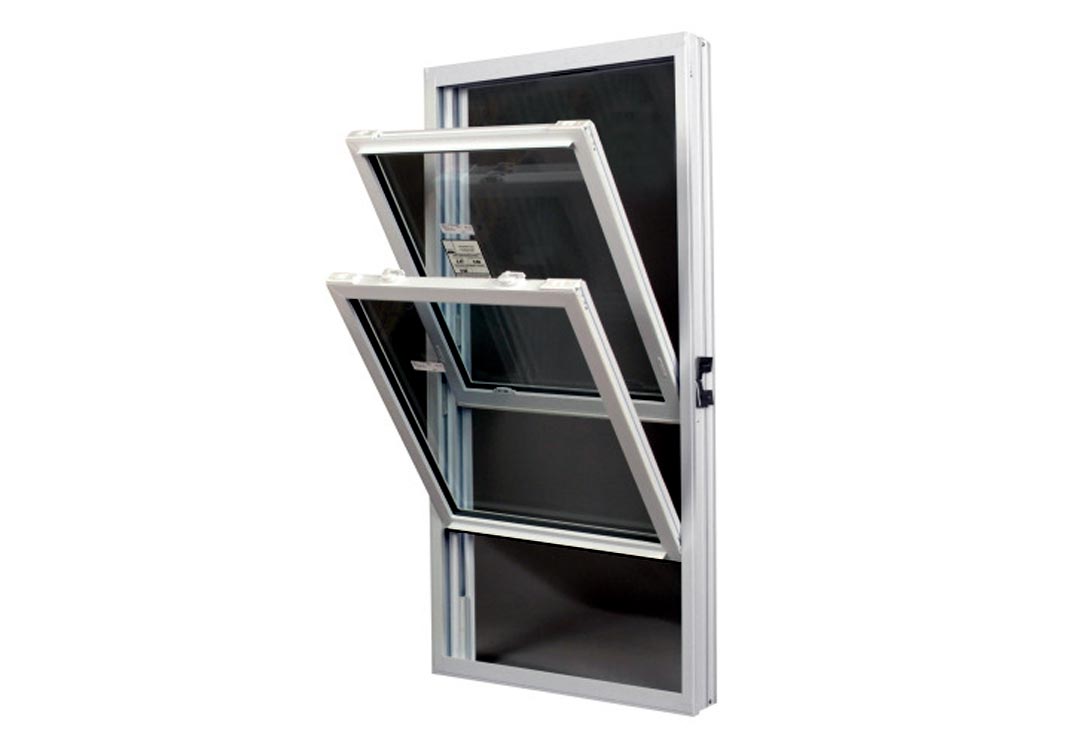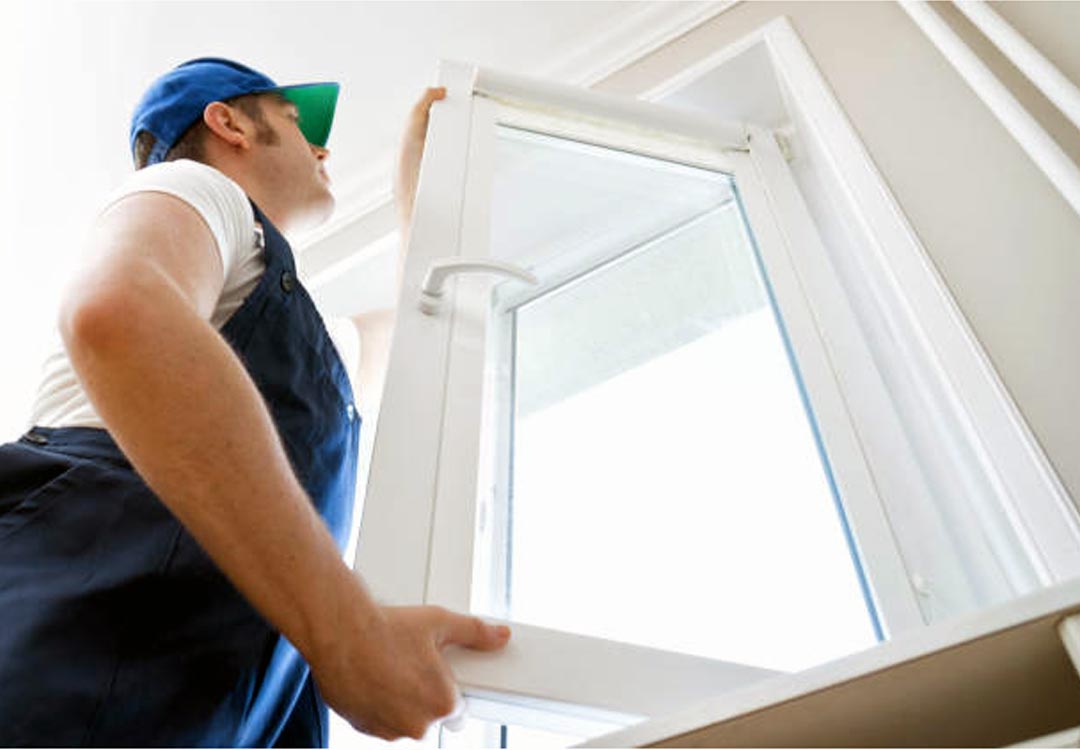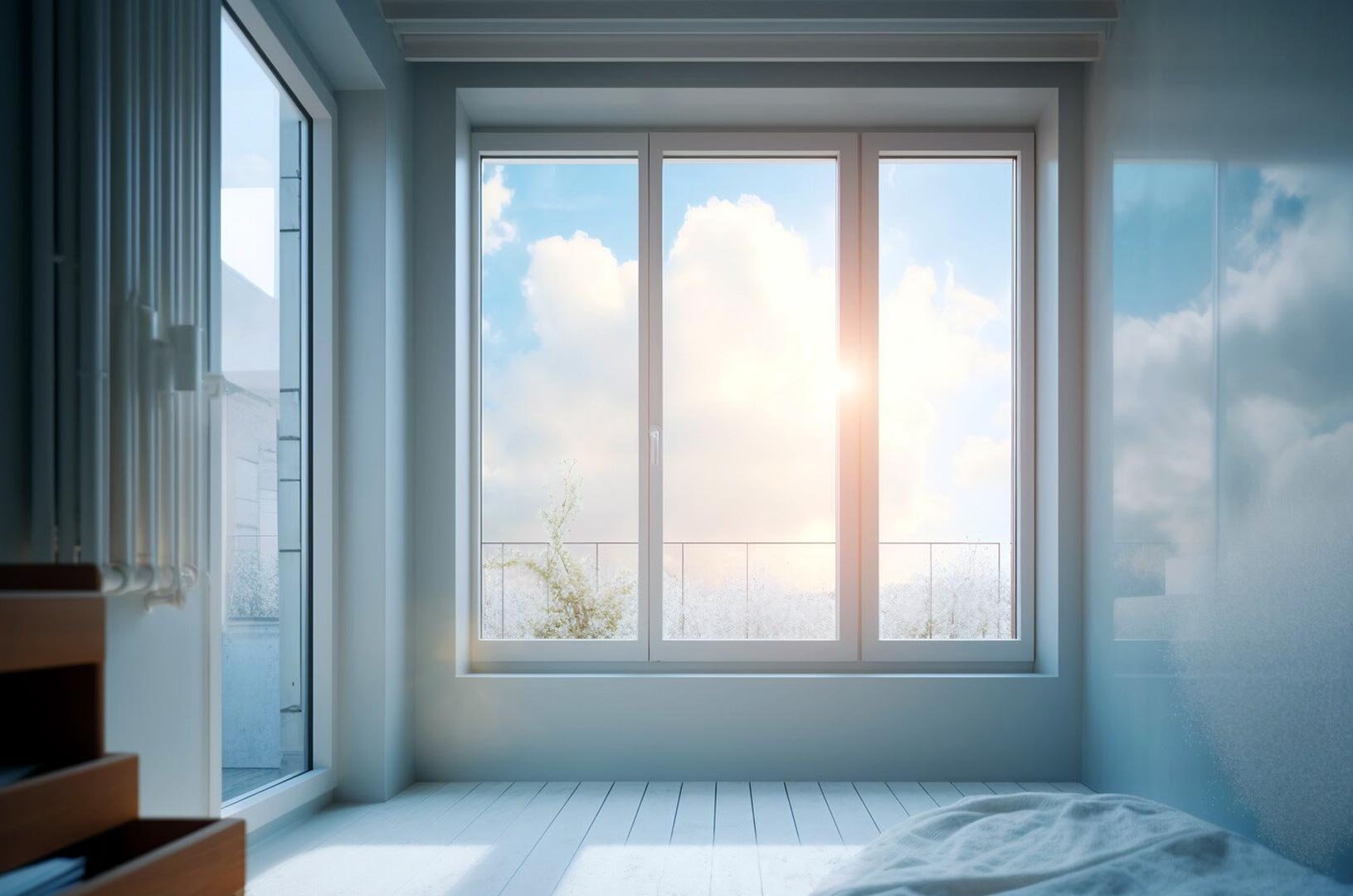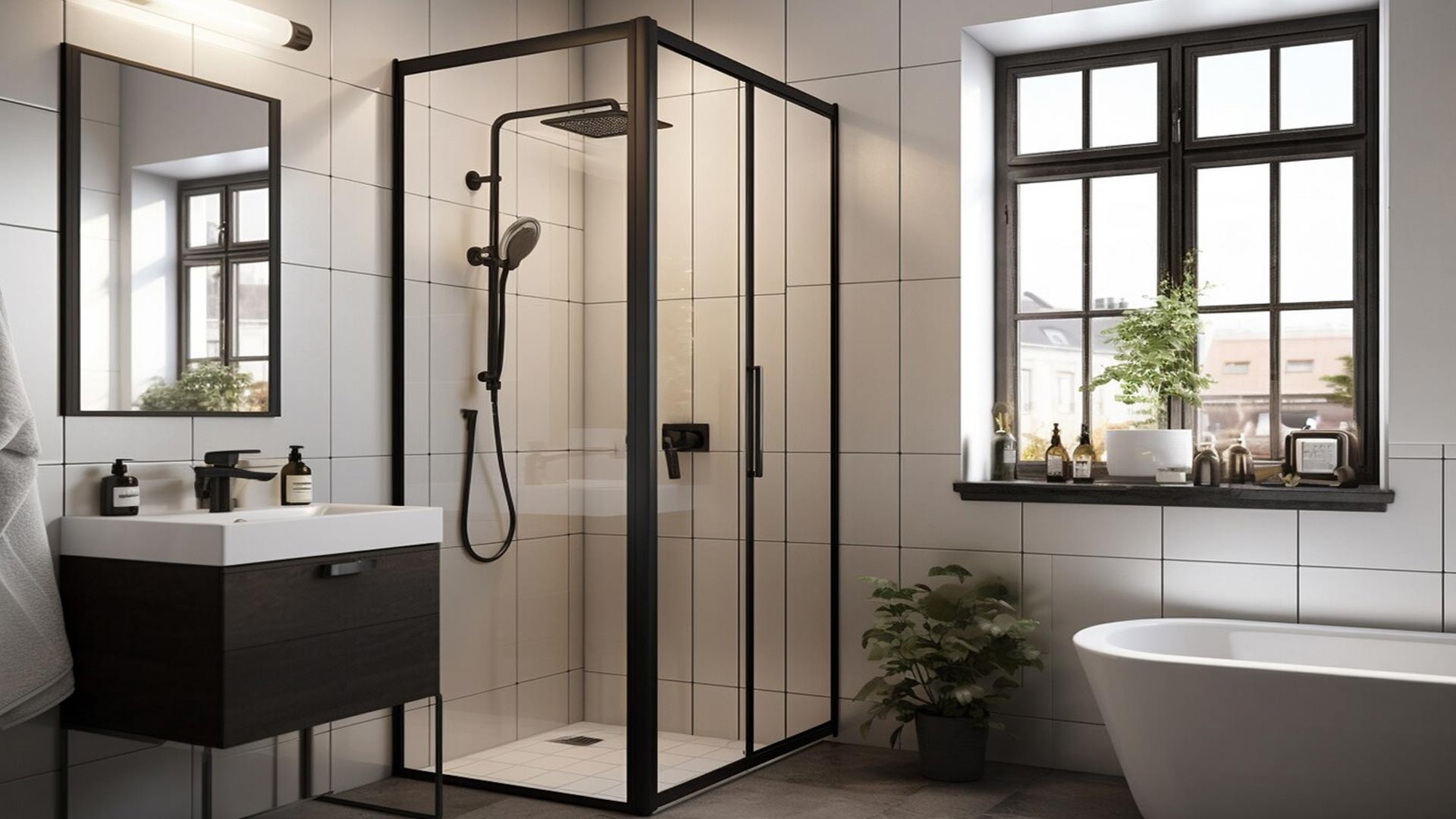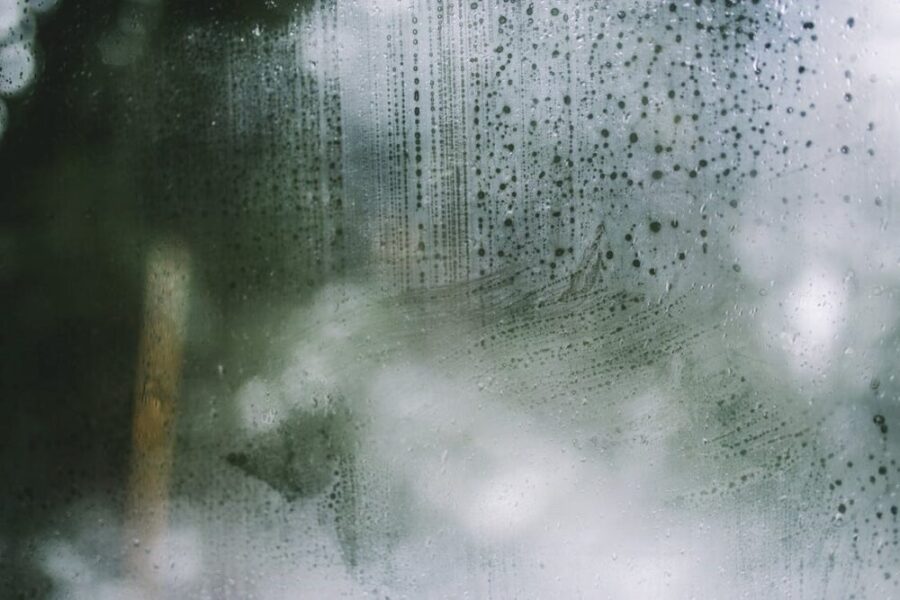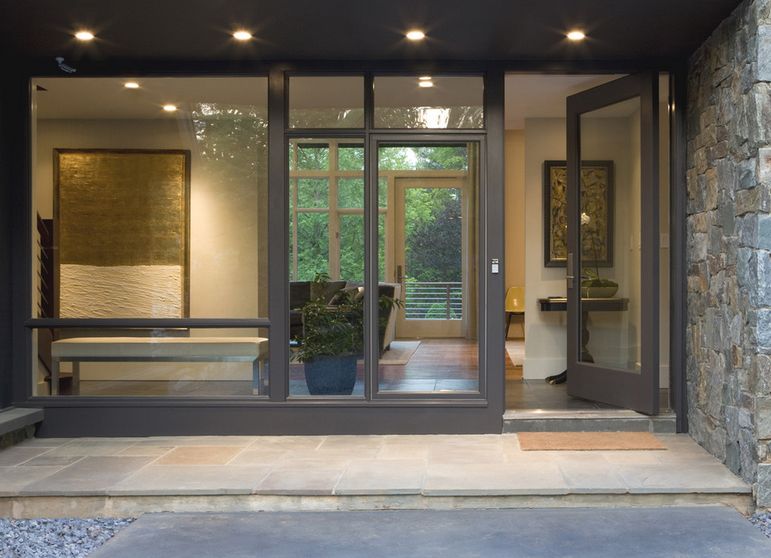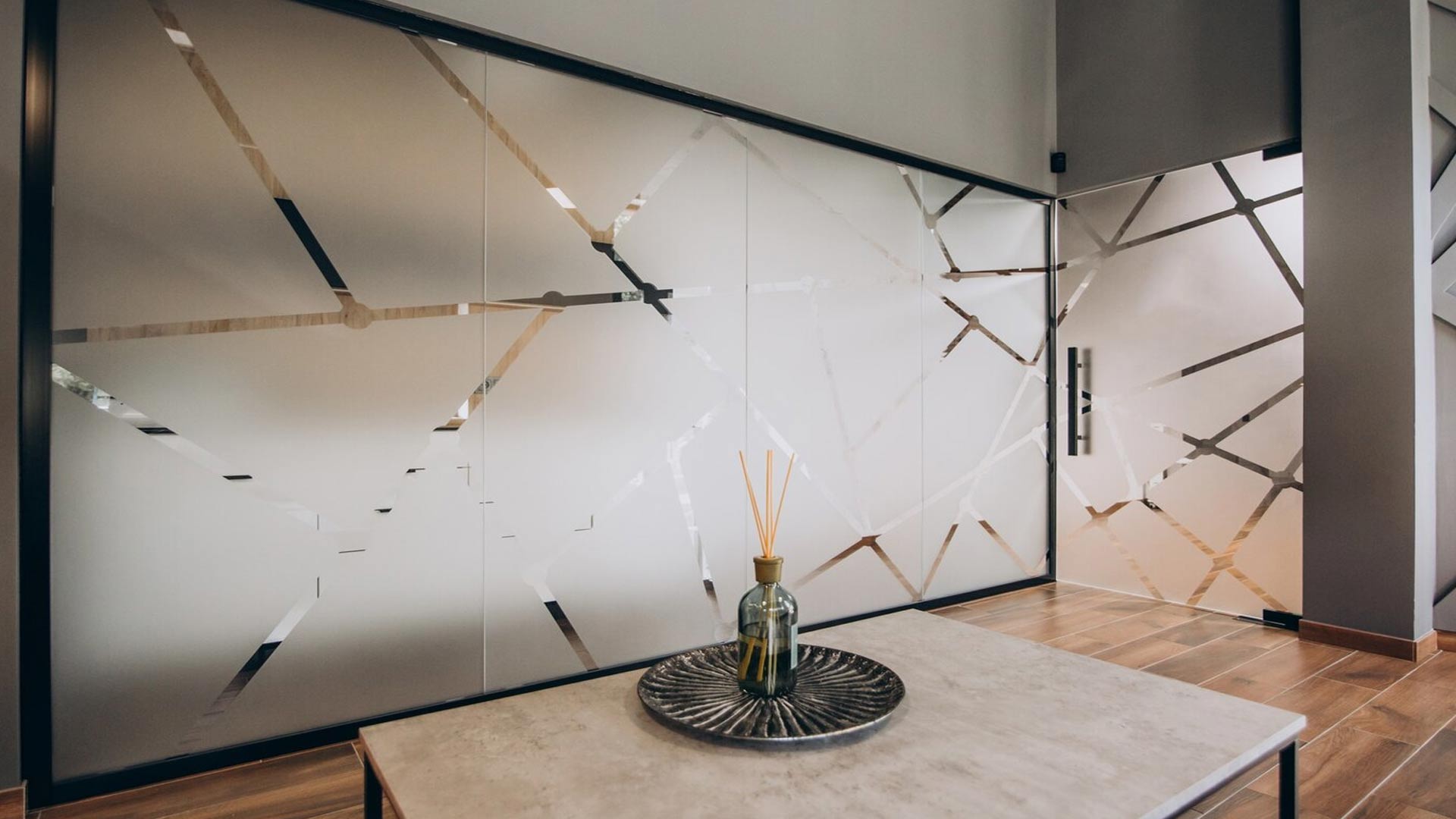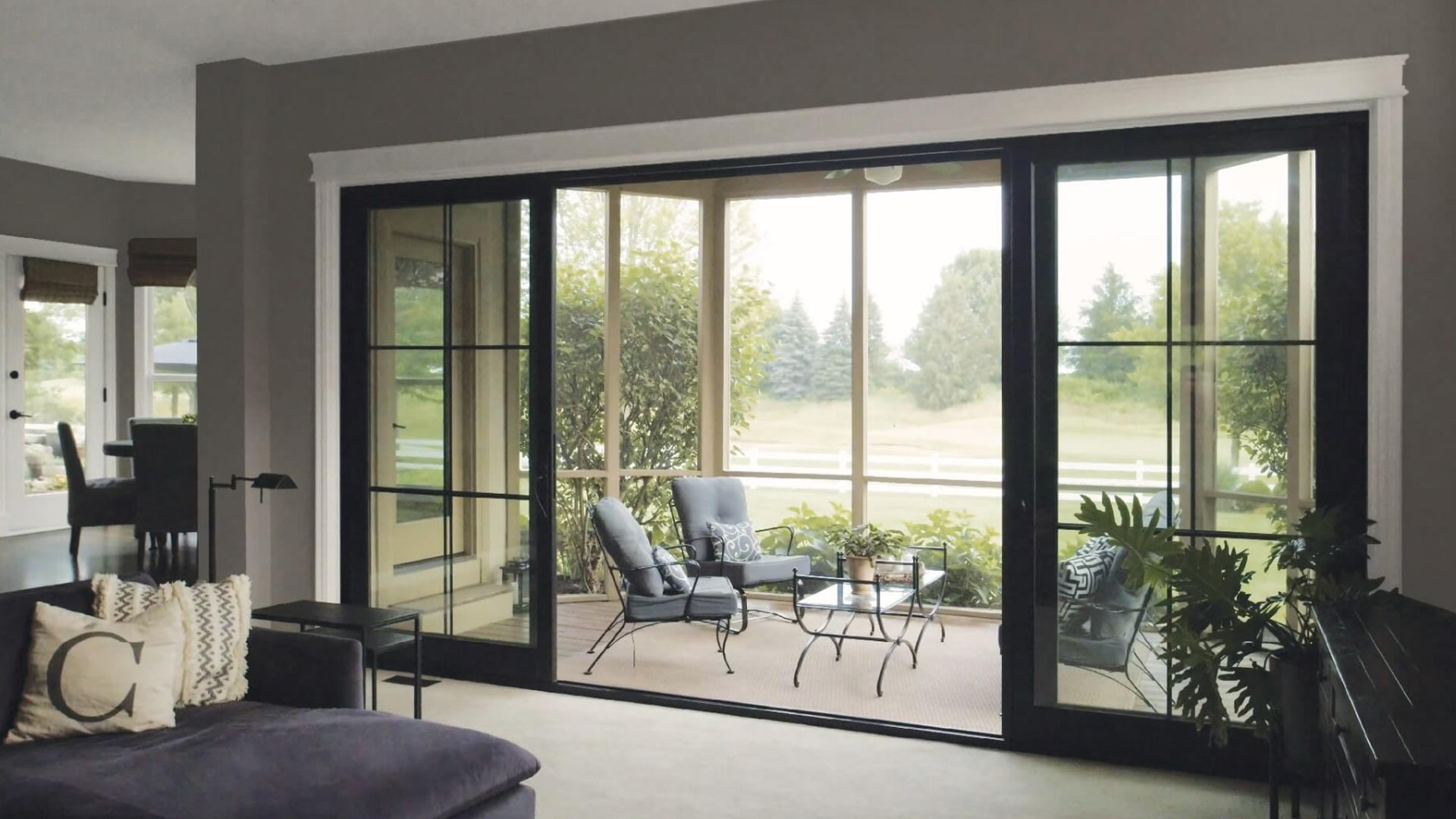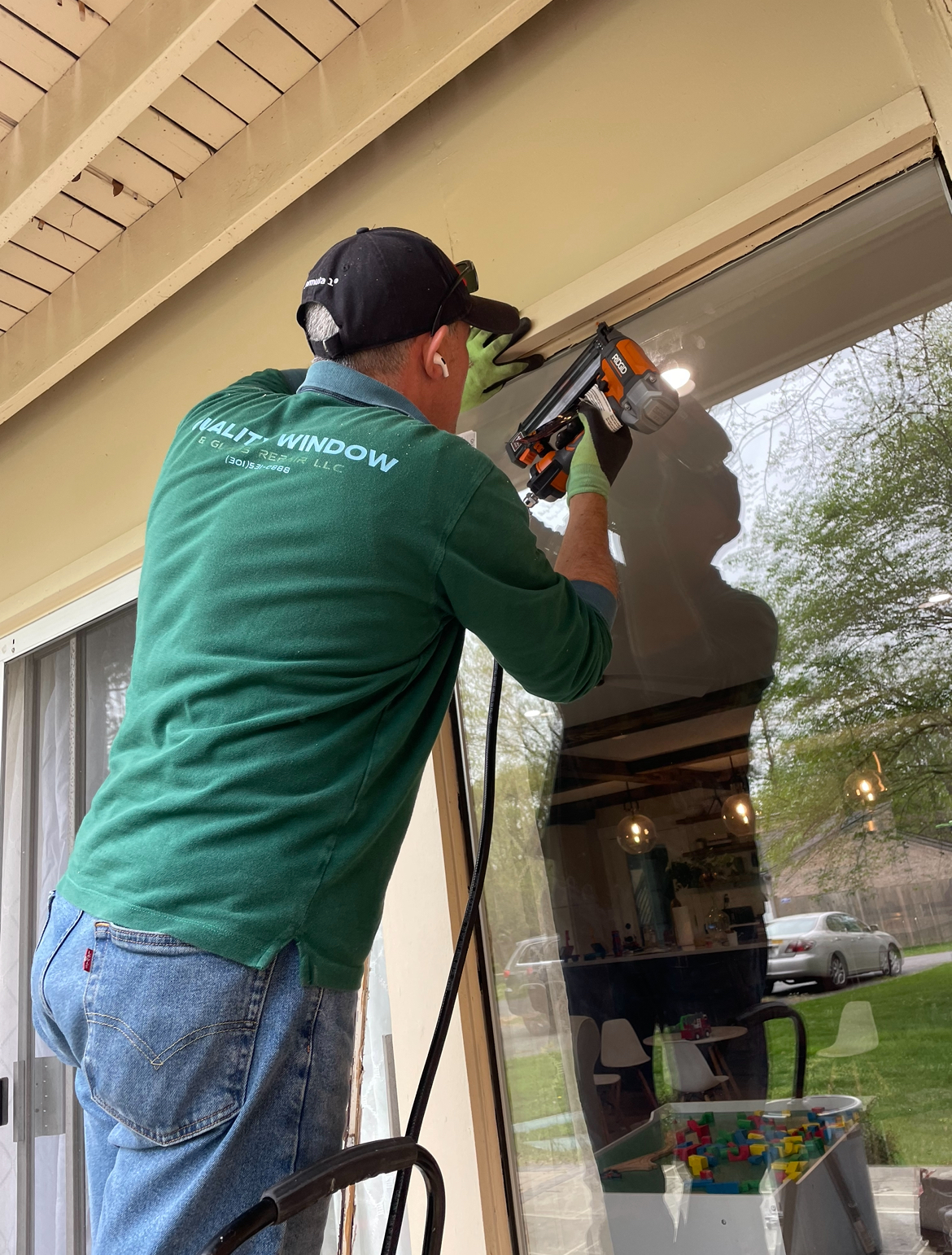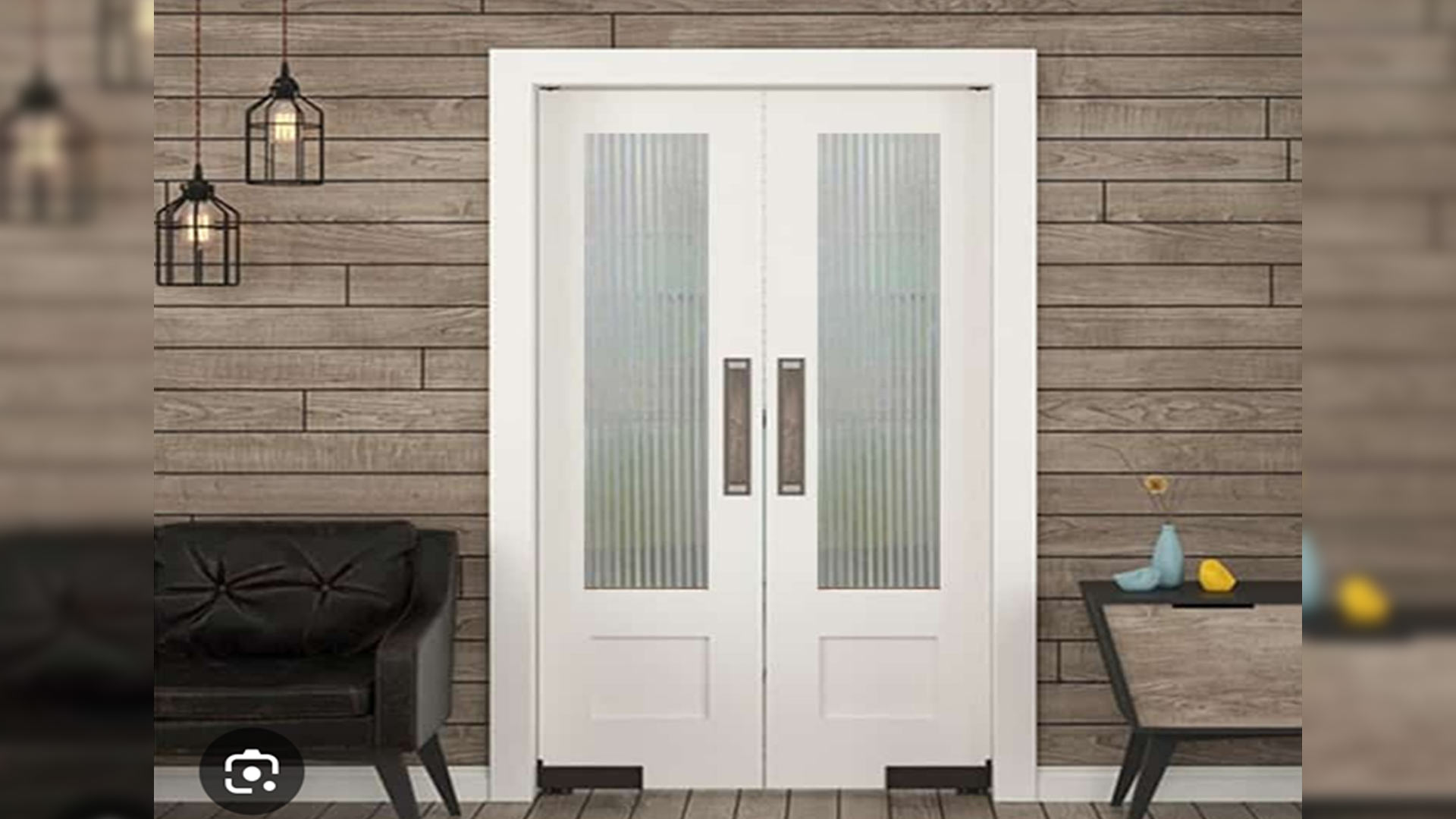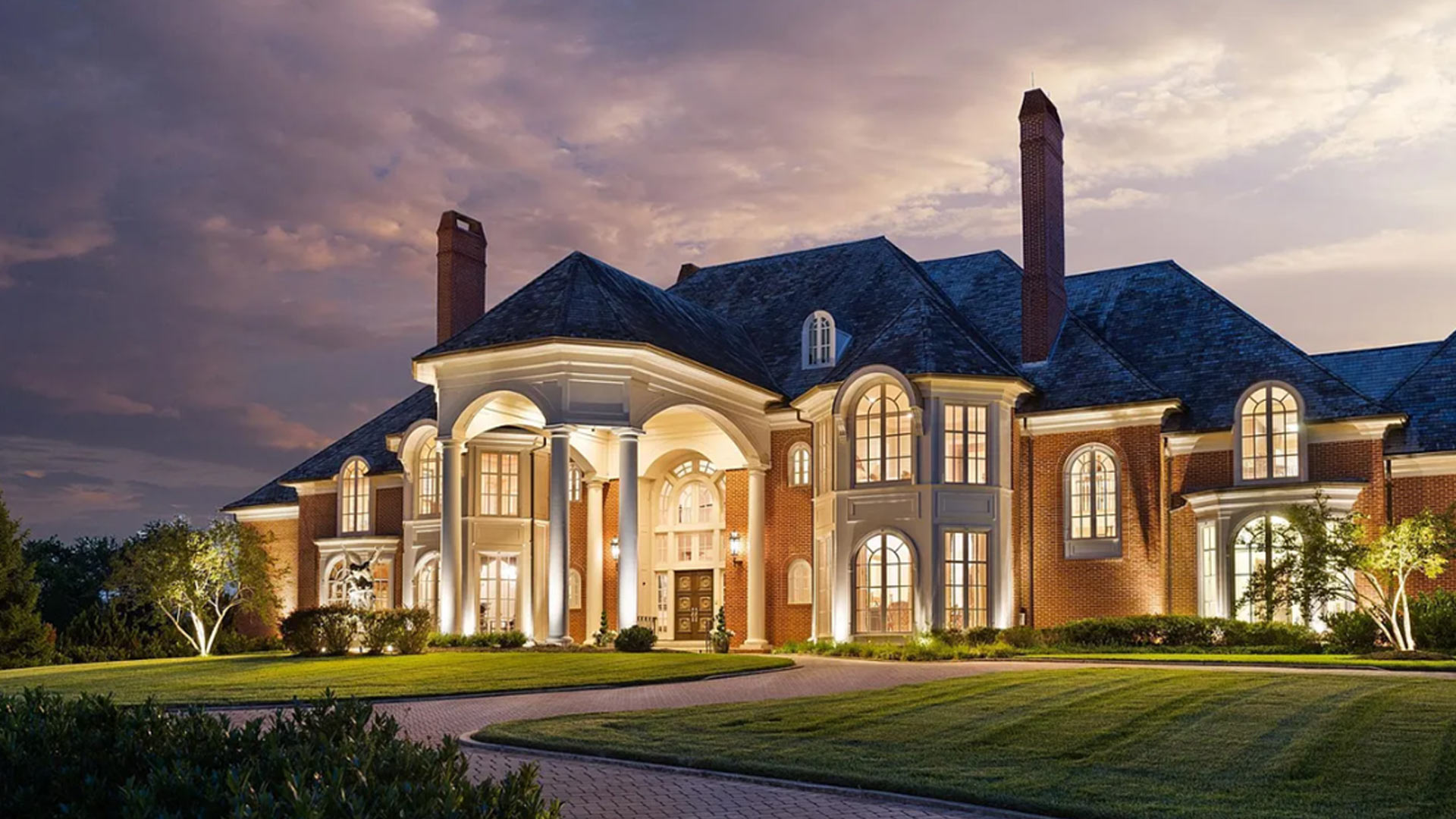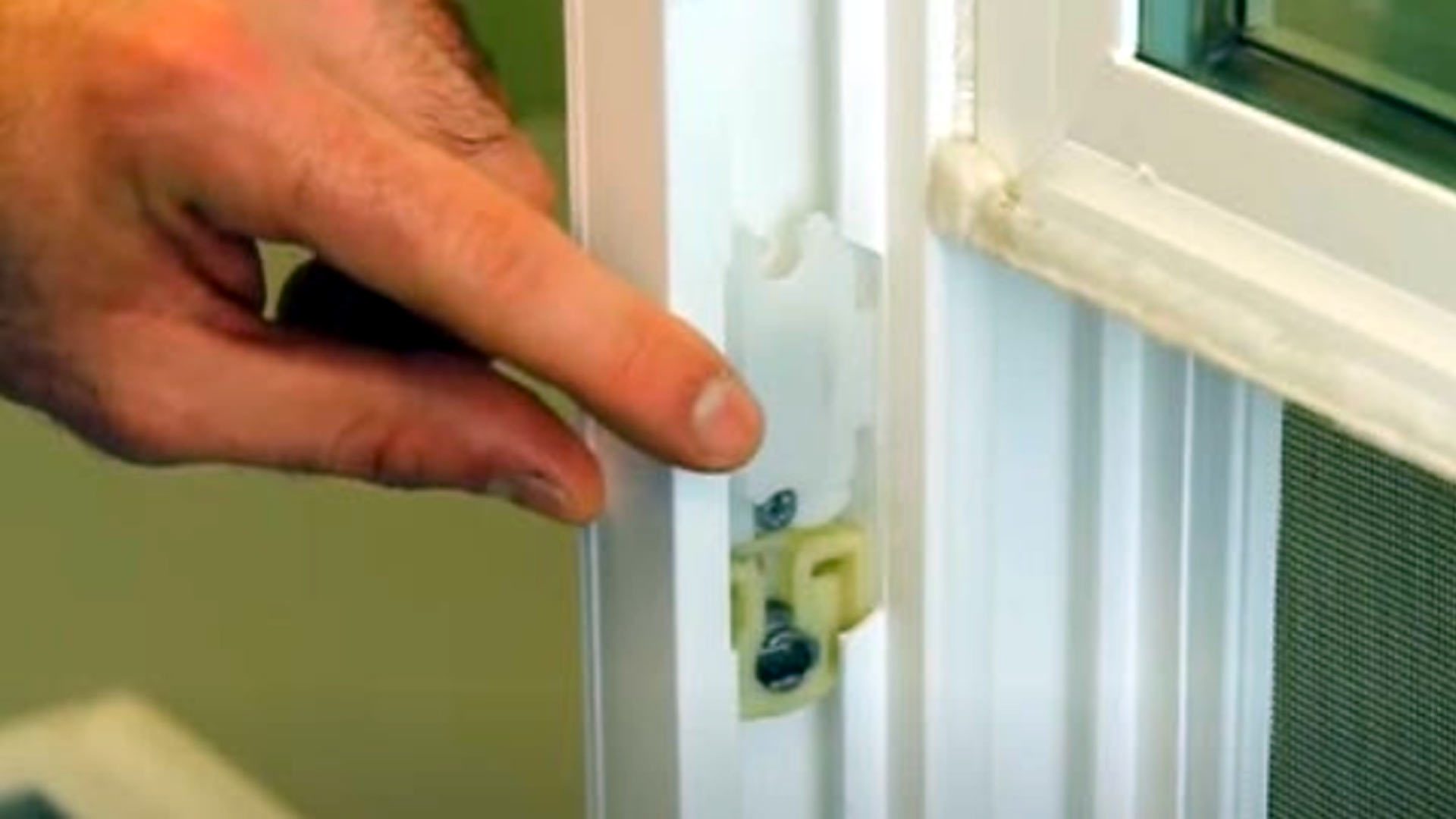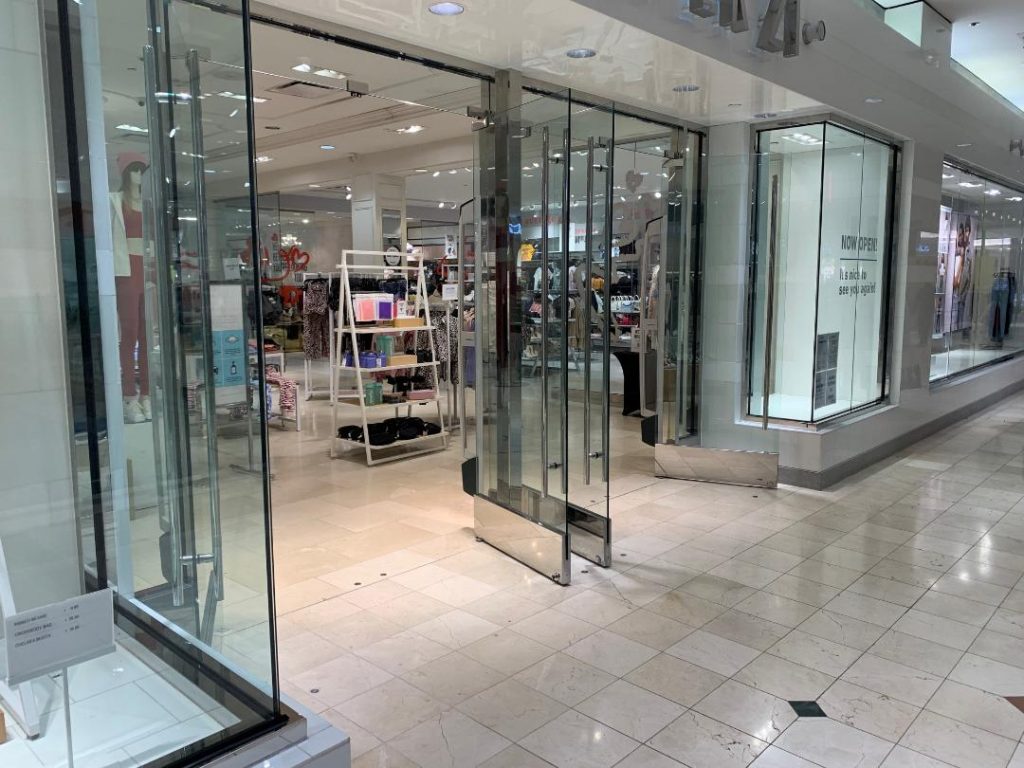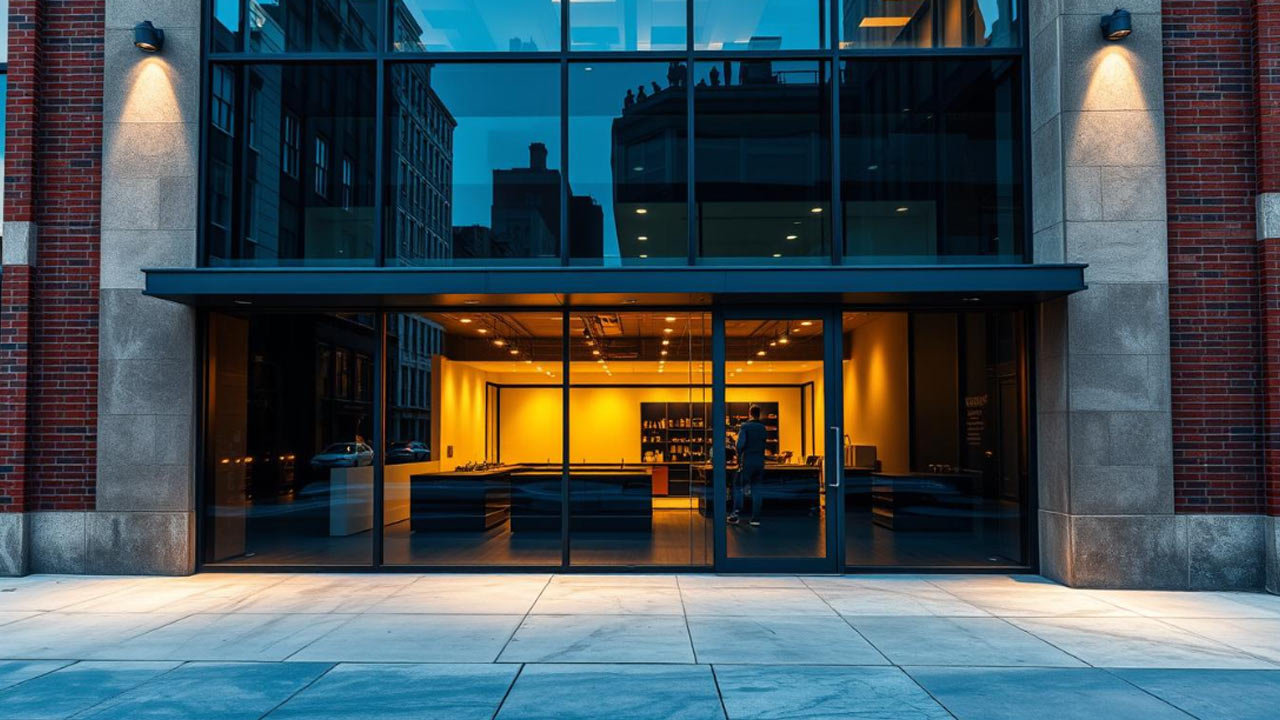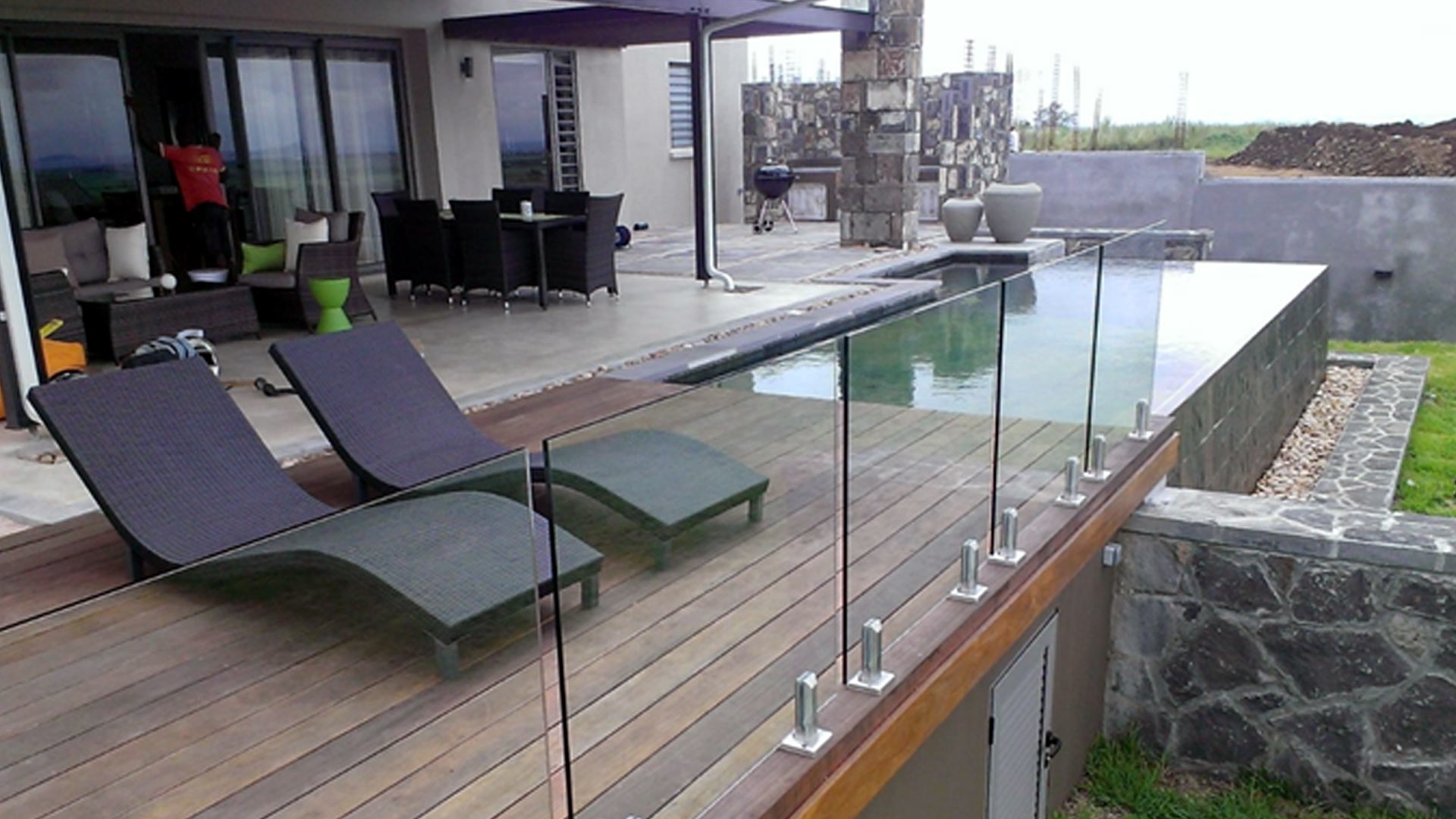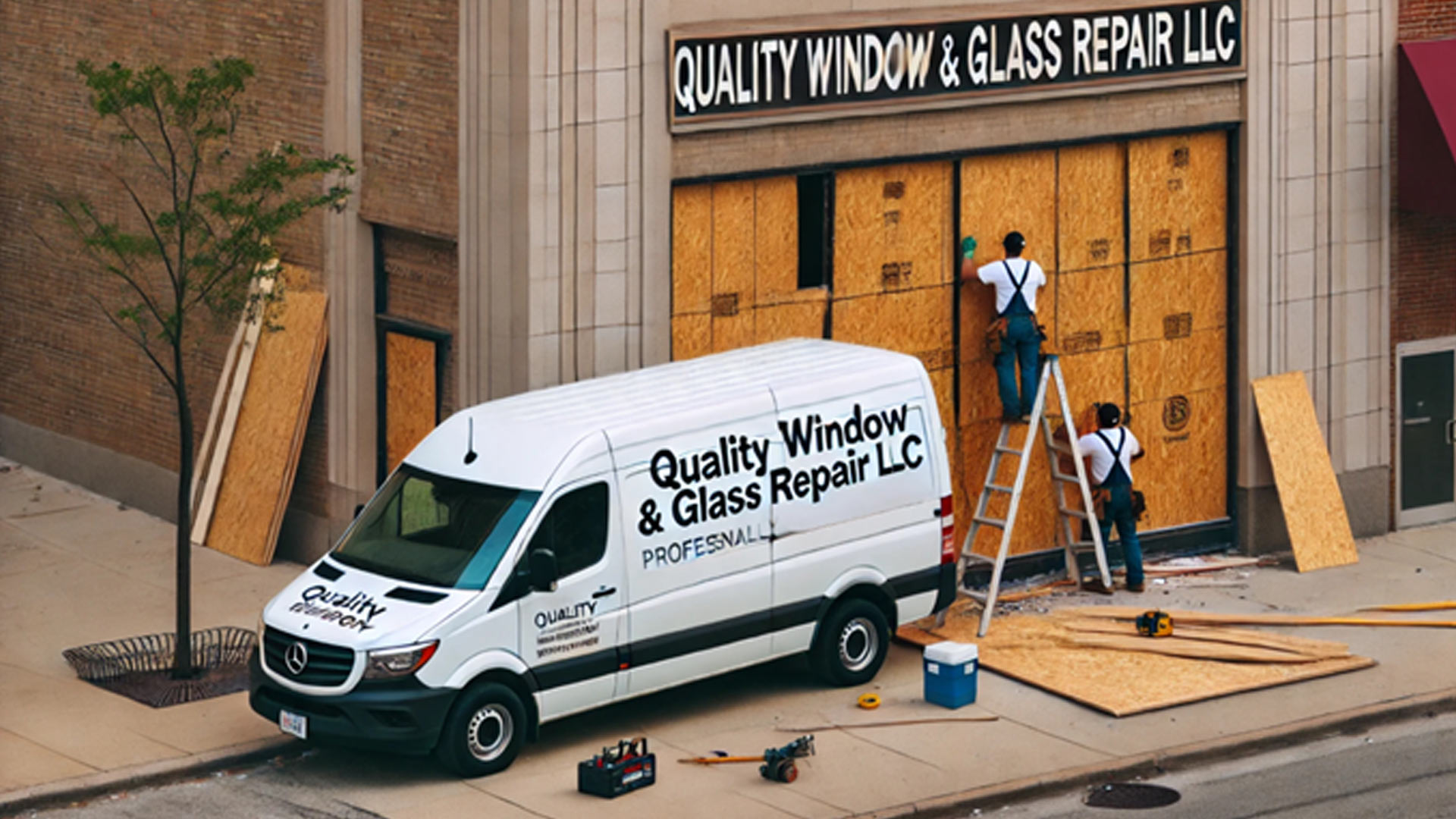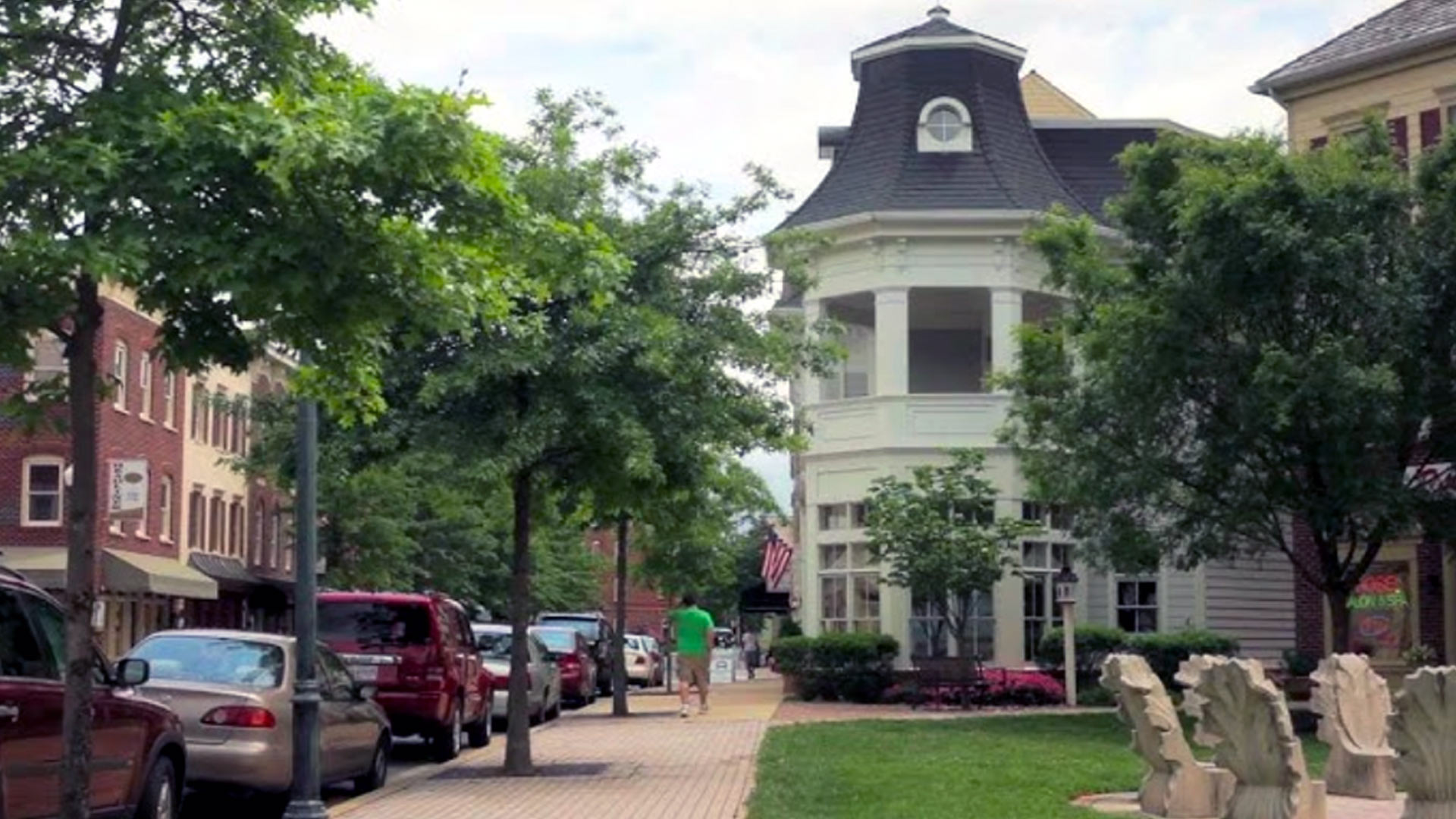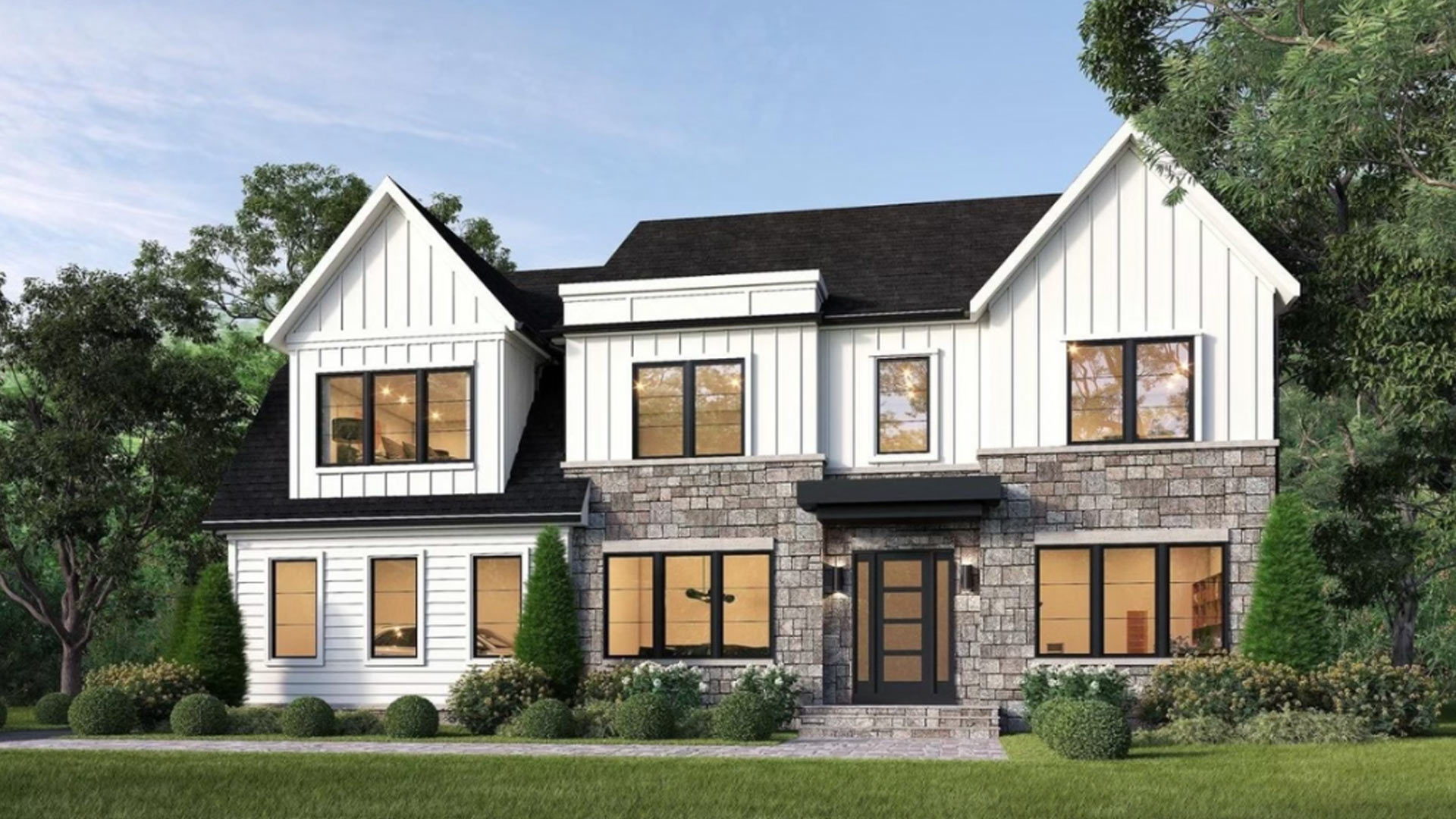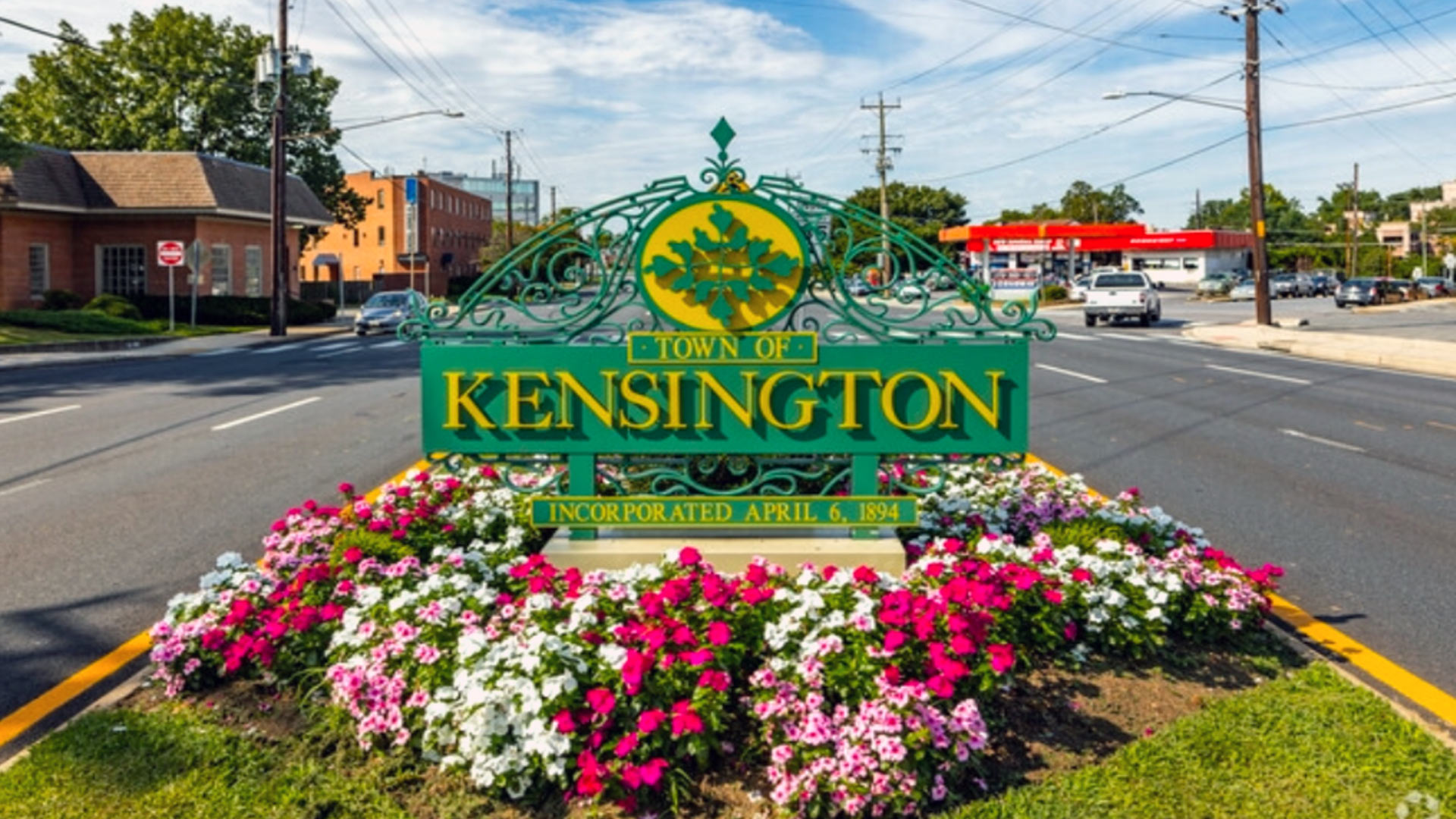If you’re dealing with problematic windows, whether they’re old and need replacement or recently installed with issues, proper window installation is crucial to ensure efficiency and comfort. Taking action before extreme weather hits is essential. Here’s a guide to help you address window installation problems:
Assessing Existing Windows
Inspect the Windows:
- Check for Gaps: Look for gaps between the window frame and the wall. These can cause drafts and energy loss.
- Look for Water Damage: Water stains, mold, or rotting wood around the window frame can indicate leaks.
- Test the Seal: Close the window and see if any light or air is coming through. A good seal should prevent this.
- Evaluate the Operation: Ensure the windows open and close smoothly. Sticking or difficulty in operation can be a sign of poor installation.
Test for Insulation:
- Touch Test: Touch around the window frame on a cold day to check for cold spots. On a warm day, check for warmth near the frame.
- Use a Thermal Camera: A thermal camera can help you see where heat is escaping or where cold is entering.
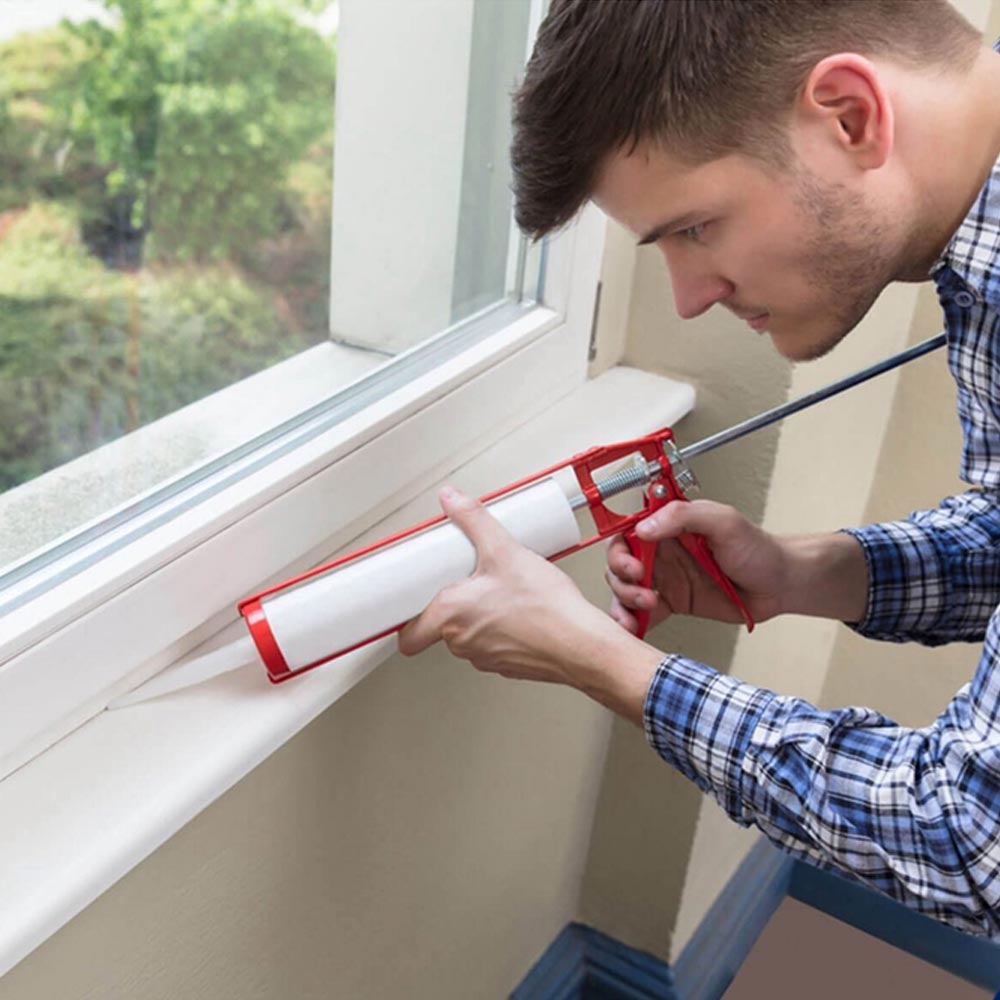
Addressing Window Installation Issues
Review Installation:
- Check the Level: Use a level to ensure the window is properly aligned. It should be even both vertically and horizontally.
- Examine the Flashing: Proper flashing around the window is essential to prevent water infiltration. It should be installed correctly and overlap the window.
Look at Caulking and Weatherstripping:
- Inspect Caulking: Ensure the caulking around the window is intact and not cracked or peeling. It helps prevent drafts and water infiltration.
- Check Weatherstripping: Replace any damaged weatherstripping to ensure a good seal when the window is closed.
Fixing Common Issues:
- Adjust the Fit: If the window doesn’t fit properly in the frame, you may need to adjust or re-seat it. It can involve removing and reinstalling the window or shimming it to fit correctly.
- Reapply Caulk: Clean out old, cracked caulk and apply a fresh layer. Be sure to use a high-quality exterior caulk suitable for windows.
- Replace Weatherstripping: Remove old weatherstripping and install new, ensuring a tight seal.
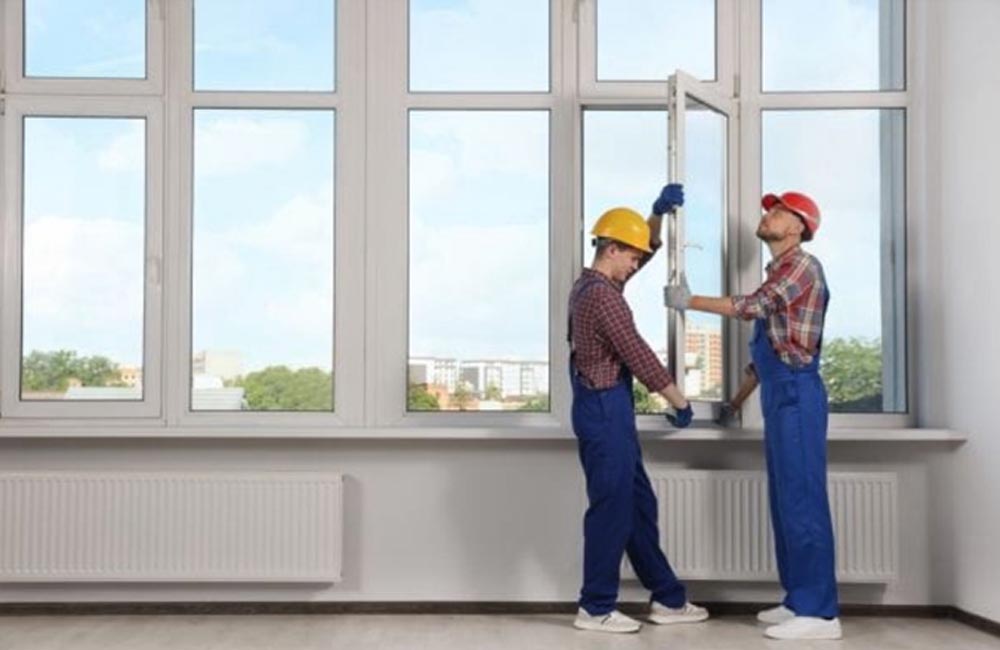
Hiring a Professional
If you find significant issues or need help with how to proceed, it might be best to hire a professional. Here’s how to ensure you choose the right one:
Check Credentials:
- Ensure the contractor is licensed and insured. Ask for references and check their past work.
Get Multiple Quotes:
- Obtain quotes from several contractors to compare prices and services. Be wary of quotes that are significantly lower than others, as they may indicate lower-quality work.
Verify Warranty:
- Confirm that the work comes with a warranty. It will cover any issues that arise after installation.
Preparation for Extreme Weather
- Regular Maintenance:
- Regularly inspect and maintain your windows to prevent issues. It includes cleaning the frames and checking for damage.
- Seasonal Checks:
- Before severe weather seasons, thoroughly check your windows and make any necessary repairs or adjustments to ensure they can withstand harsh conditions.
By taking these steps, you can ensure that your windows are in good shape and ready to handle any weather conditions.
Proper Window Installation: Suppose you purchased a house only to discover that the windows aren’t in the best shape you thought they’d be. Or suppose that you recently got new windows, and the contractor did a shoddy job. Either way, you don’t want to wait for extreme weather conditions to determine your windows’ issues.
Here are five telltale signs when your Windows installation is incorrect.
There are Gaps between the Frame and Walls or between the Sill & the Frame
If there are gaps between the windowsill, wall, and window frame, it’s a sign that the contractor needs to correctly measure the window and its frame from inside the house before installation. To prevent that, your contractor must build a customized window that fits snugly inside the frame, leaving no gaps for wind or water to pass through.
Your Energy Bills Are Increasing
Primarily, Windows are used to protect you from harsh weather conditions. If you feel your home is uncomfortable and winds are entering your home through slits between the window and its frame, it isn’t a good sign.
Bad Sing
Another bad sign is a sudden spike in heating and cooling bills. Leaking air can decrease your home’s energy efficiency, as your HVAC system will have to work twice as much to compensate for the lost energy.
Not correctly installing your window will lead to irregularities in the indoor temperature.
Foggy Window panes
Condensation occurs when hot and cold air meet to form water vapors. If you notice condensation or fog between the windowpanes, it’s a sign that the internal and external temperatures are meeting. In this case, you must immediately call a home window glass repair company to investigate the issue and avoid paying high energy bills.
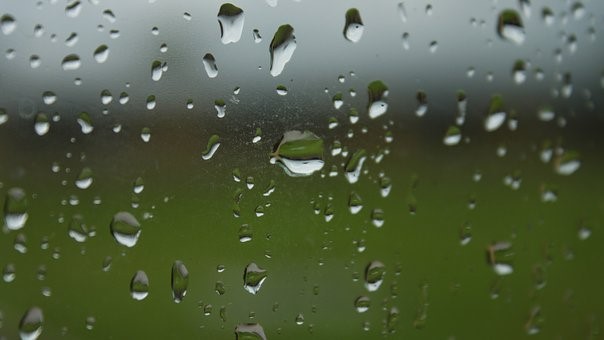
You’re Noticing Signs of Leakage and Water Damage
Leakage and water damage signs include sagging walls, peeling paint, powdery web-like black spots (mold), and rotting wood along the sill, window frame, and walls near the window. You may also smell a foul, wet stench. If you notice these signs, it’s clear that water enters your house through spaces between the windows because of poor installation.
Sashes Are Difficult to Open
Sashes on new windows operate smoothly. They open without sticking up or creaking. If that’s not the case, your window sashes may be bigger or smaller than the window. It can lead to air infiltration, mildew, and leaks in the long run.
The Best Residential Window Repair Service in Germantown, MD
Are you looking for a full-service residential window glass repair company and proper window installation? Contact Quality Window and Glass Repair LLC. We offer low-cost, same-day window repair services for all kinds of residential glass.

